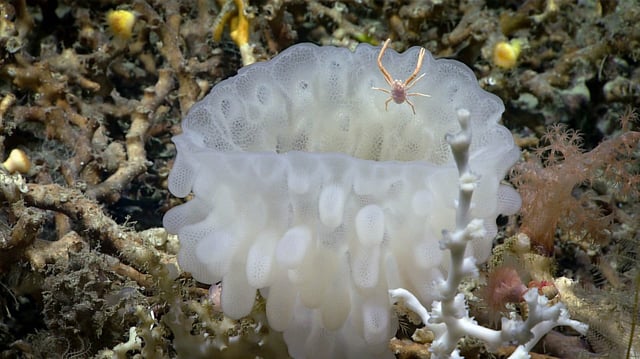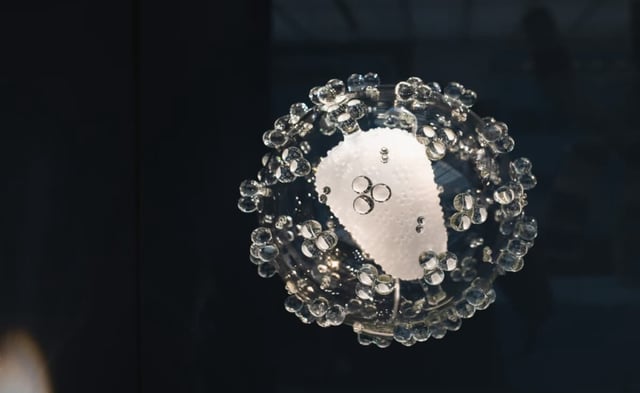Overview
- A new study published in PNAS confirms introners, a class of transposable elements, as a major source of intron proliferation within and across species.
- Researchers documented eight instances of horizontal gene transfer by introners, including a 40-million-year-old transfer between a sea sponge and a dinoflagellate.
- The study cataloged 1,093 introner families across 8,716 genomes, revealing their widespread presence in algae, fungi, and single-celled eukaryotes, with examples in sea urchins and tunicates.
- Scientists hypothesize that giant viruses may act as vectors for introner transfer between species, though this remains under investigation.
- Insights into introner activity challenge traditional selection-based models of genome evolution and have implications for understanding alternative splicing and its links to diseases like cancer.

